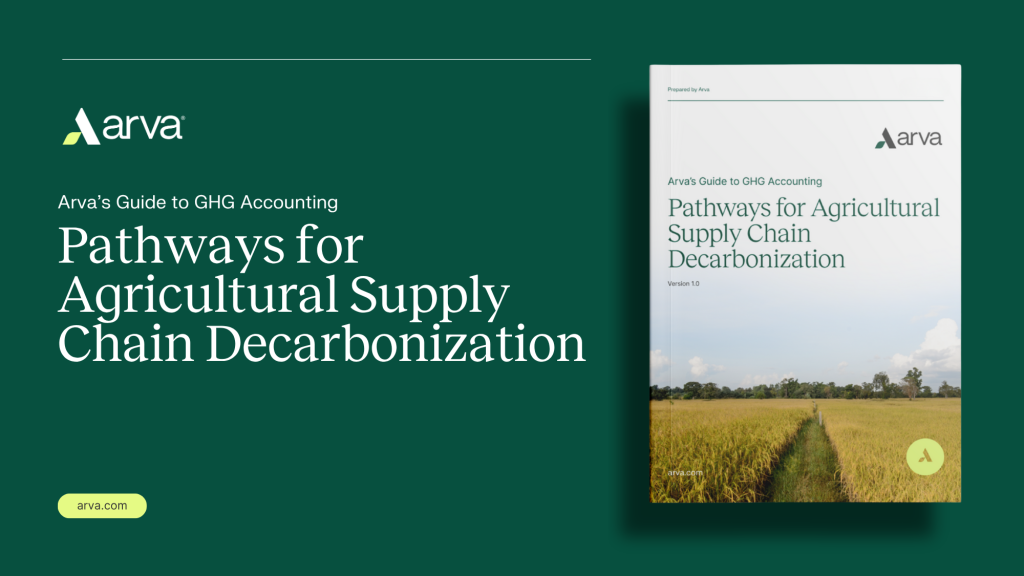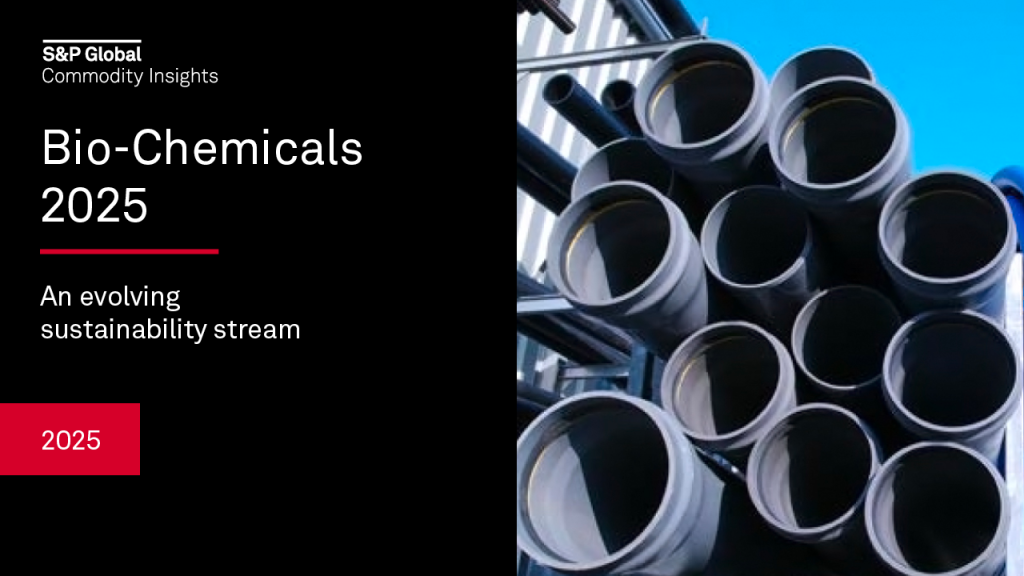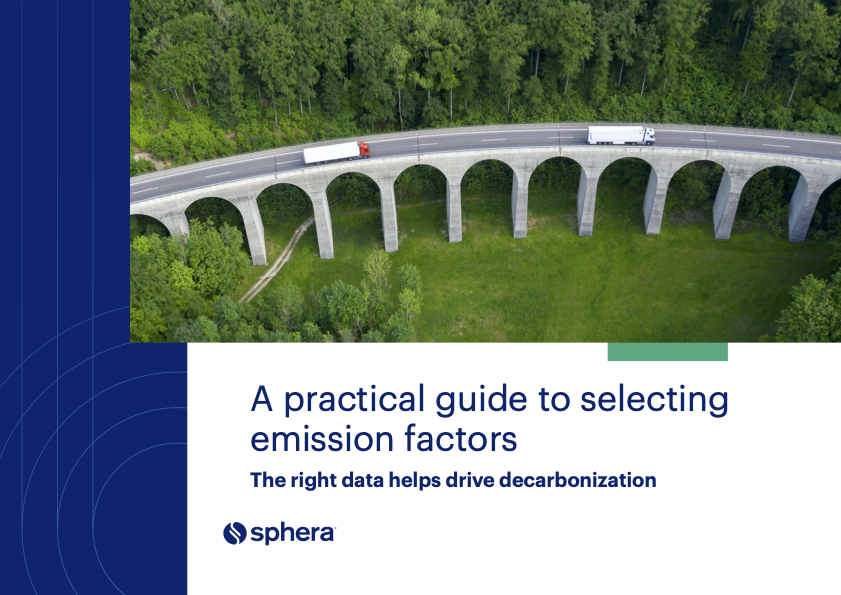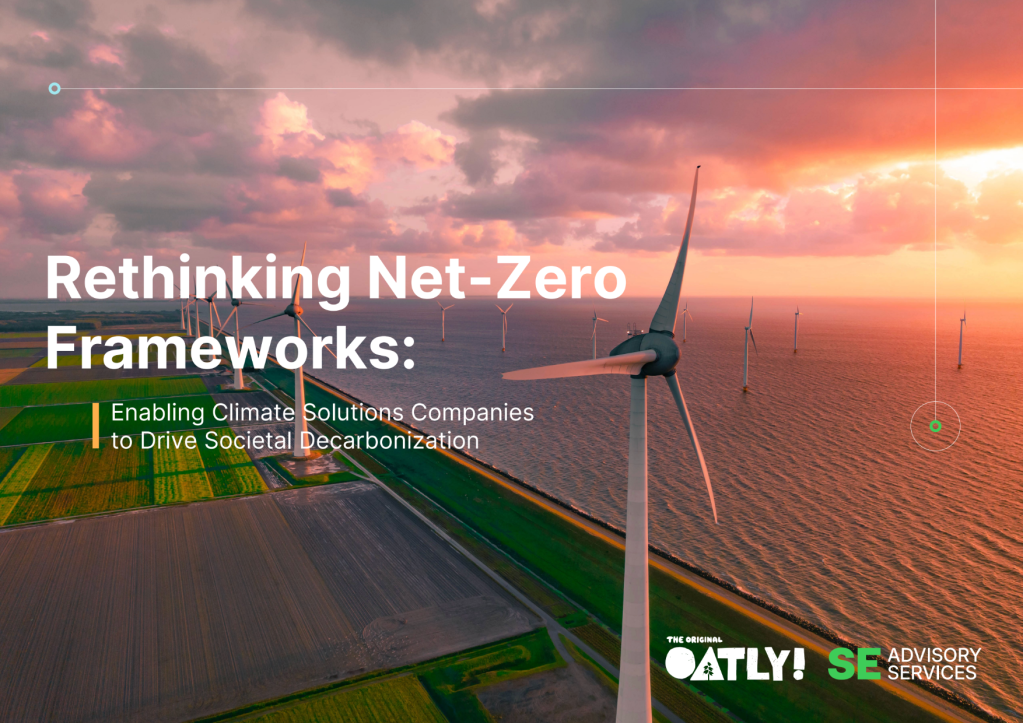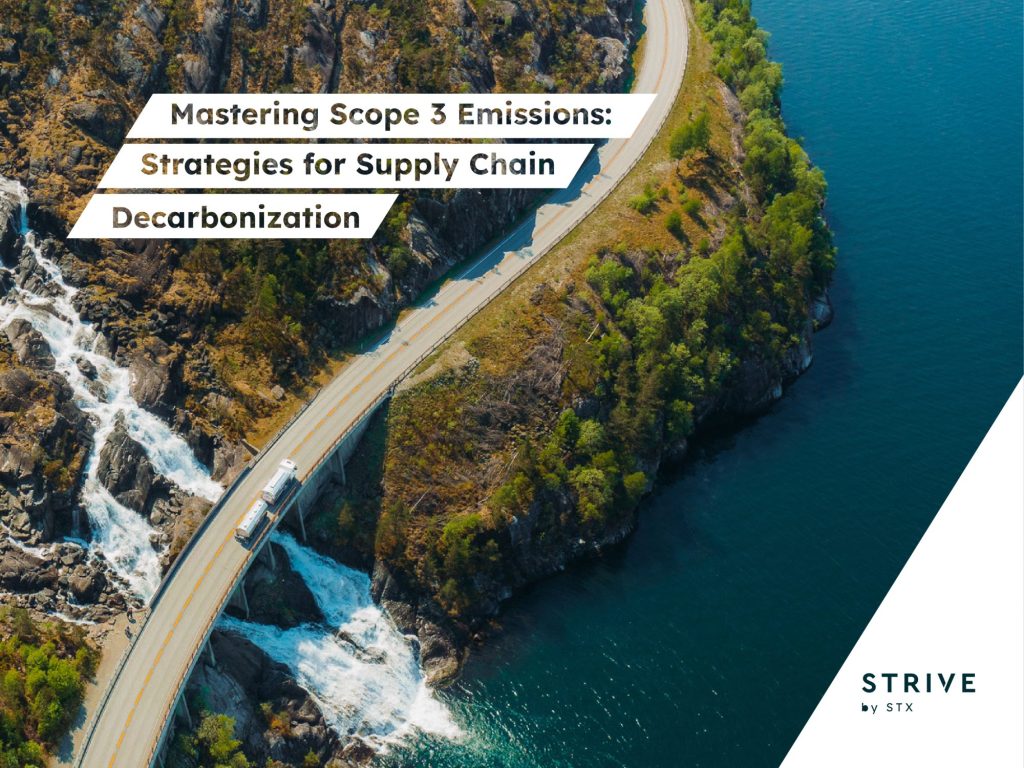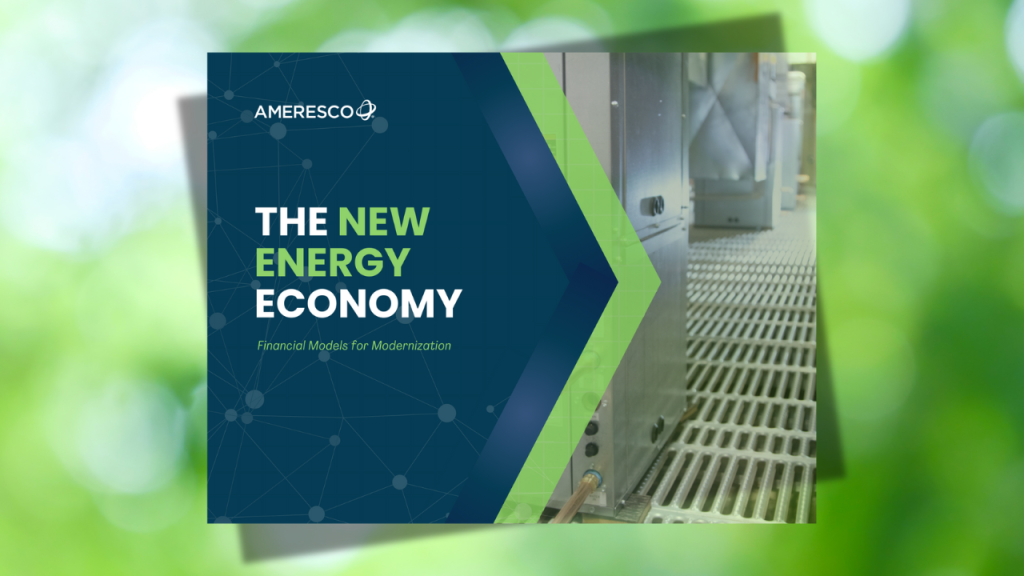How DuPont and P&G plan to make detergent from agricultural waste
In what may be an industry first, Procter & Gamble and the chemical giant join forces to use ethanol made from farm waste in laundry detergent. Read More
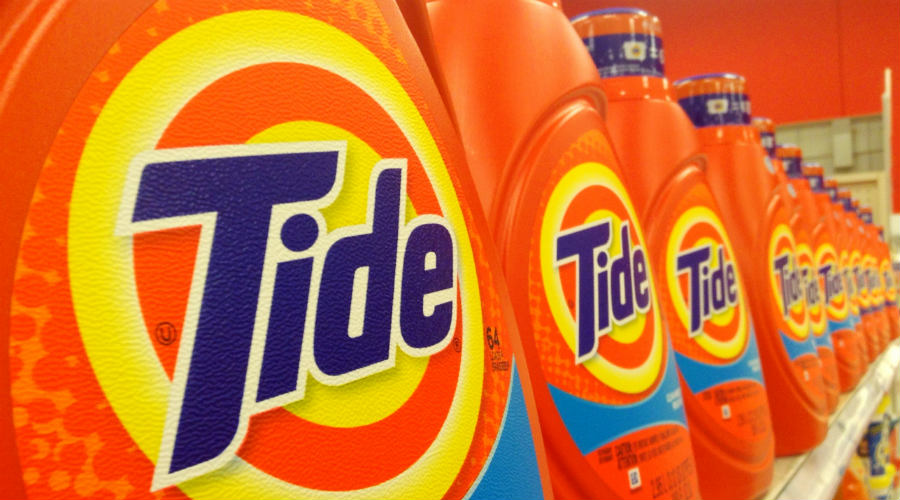
According to the companies, Tide Coldwater will be the first brand in the world to blend cellulosic ethanol in a scalable and commercial way.
Ethanol is a key ingredient in the detergent’s formulation, allowing for stability of the detergent formula and better washing performance. The cellulosic ethanol, which is made from harvest by-products, emits less greenhouse gas compared to petroleum or the currently used corn-based ethanol it will replace. Over 7,000 tons of agricultural waste will be re-purposed a year to meet the needs of the Tide Coldwater brand.
DuPont will produce the renewable, cellulosic ethanol at the company’s new U.S. biorefinery, currently under construction in Nevada, Iowa. Once completed, the plant will be the world’s largest bioethanol refinery, producing 30 million gallons of cellulosic ethanol per year — a process with zero net carbon emissions.
Gianni Ciserani, Procter & Gamble group president of global fabric and home care, said, “We believe that actions speak louder than words in the area of sustainability and this partnership with DuPont demonstrates we are doing just that. As one of the world’s largest laundry manufacturers, we have a responsibility to lead renewable sourcing in products. We do this by ensuring consumers still get the great Tide laundry performance they want, while further reducing the impact on the environment. In January, we committed to removing phosphates in our laundry products.”
DuPont Senior Vice President James Collins added, “With this collaboration, DuPont is also taking the first step to diversify its markets for cellulosic ethanol beyond fuels. As we build on our integrated science capabilities, we will continue to seek out new opportunities and new collaborations to transform value chains with more sustainable solutions.”

Top image of Tide bottles by Mike Mozart via Flickr. This article first appeared in 2degrees.

Subscribe to Trellis Briefing
Featured Reports

The Premier Event for Sustainable Business Leaders


